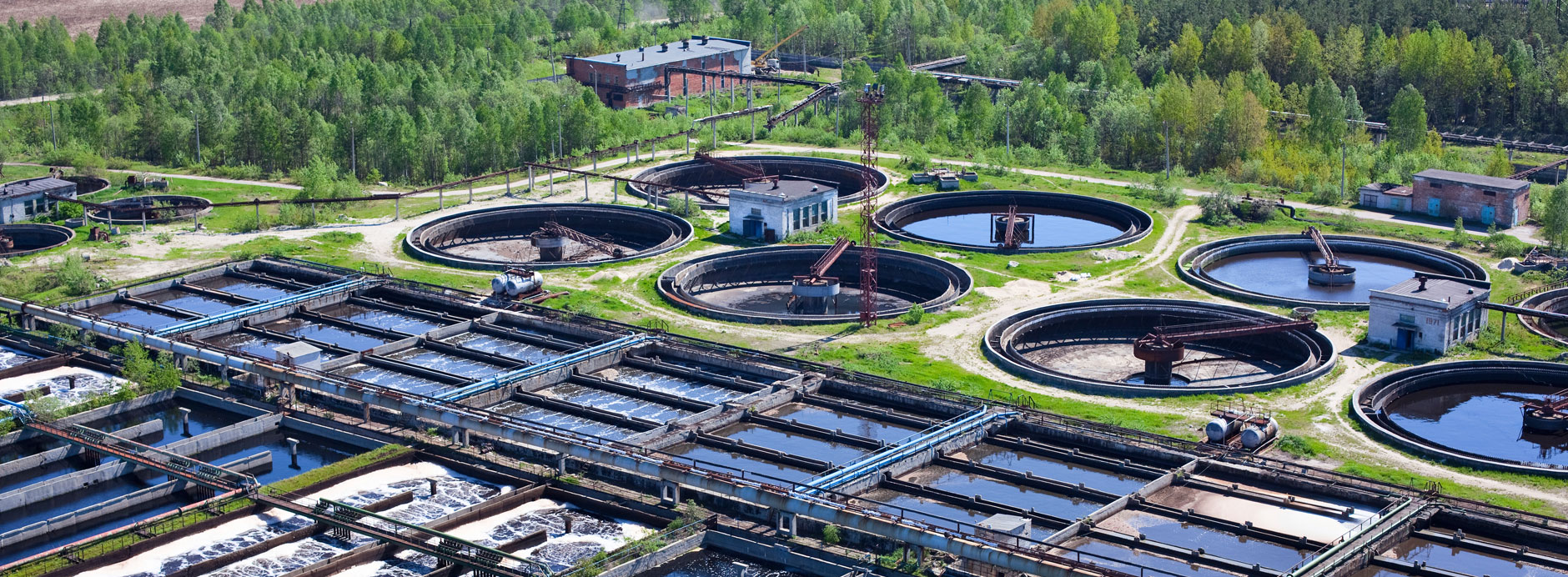
Odor Control – Waste Water
During the distribution of household, commercial and industrial wastewater, volatile components are formed due to microbial activity. These components are odorous gases such as hydrogen sulfide, mercaptans, thioethers, disulfides, ammonia and methane. The gases are released from collection system pump stations and in waste water treatment plants. The released gases can it cause odor and/or dangerous situations.
We offer a low-maintenance, economical solution that can be applied to remote applications or at the wastewater treatment plant itself putting an end to odor complaints.
Wastewater – Corrosion Control
During the distribution of household, commercial and industrial waste water, volatile components are formed due to microbial activity. The components such as such as hydrogen sulfide and mercaptans are the most serious threat to the reliability of your electronics. The air in your wastewater facility contains these types of pollutants that corrode fine electronics.
Corrosion is the deterioration of metal due to the presence of acid gases. These gases attack edge connectors, pin connectors, IC plug-in sockets and other metal components. Corrosion leads to blocked currents, brittle connection points and overheated electrical systems. The end result: loss of process efficiency, additional maintenance costs, expensive repairs and unplanned downtime.
ANSI/ISA Standard 71.04-2013, the accepted guideline for warranties of electronic equipment, classifies the level of airborne contamination that is safe for electronics. Heartfil designs its dry-scrubbing systems according to this standard. Our systems are housed in motor control centers, rack rooms and central control rooms to protect equipment against corrosive failures.

